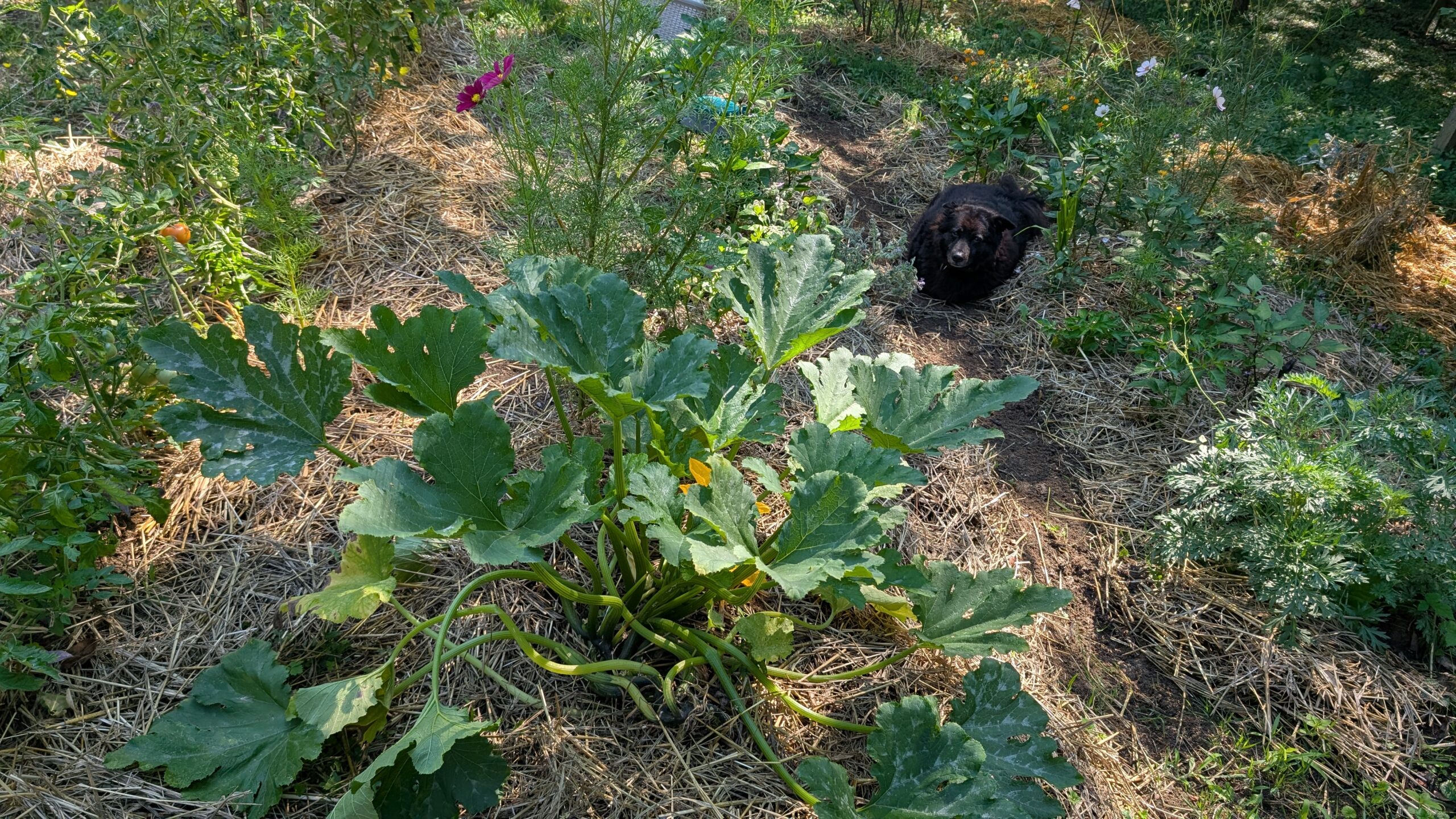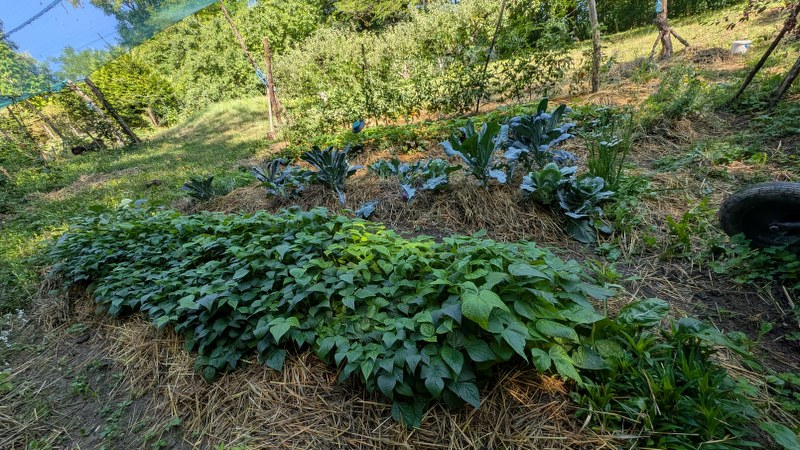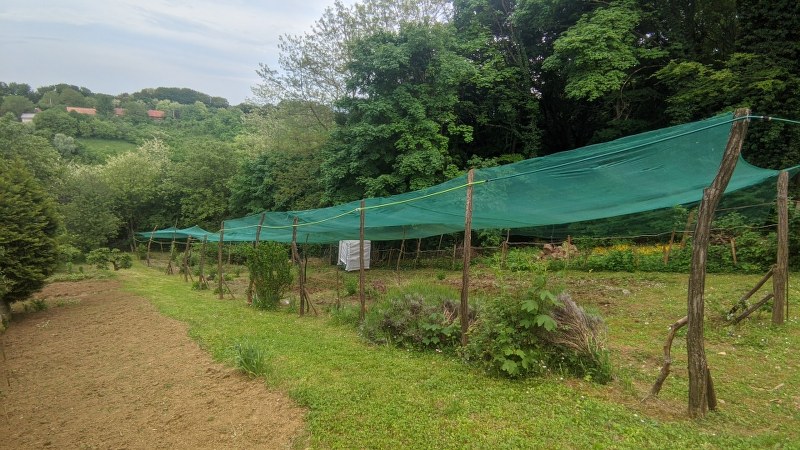March is the month when in these parts of Europe the true gardening work starts. Temperatures start to rise, the ground starts to warm up and the trees start to wake up. March is a busy month because we have more parallel tasks, especially if we have seedlings so here is a list of things that should be done in March.
1) Prune your trees and shrubs
At the very end of February or the beginning of March the trees and shrubs start waking up from their winter sleep so it is the perfect time to prune our trees and shrubs. Trees should be pruned before they start showing buds because the delicate buds could easily fall off while working on the branches. Pruning helps our tree develop strong and healthy branches and removes the suckers that will in the summer drain the water from the main branches. This will also help our fruits be bigger and healthier.
After pruning it is a good time for spraying the trees if you spray them. I don’t spray mine against anything but if you do spraying should be done before the flowering started.
2) Prune the berries and perennial flowers
Pruning berries and perennial flowers should also be done in March if it hasn’t been done before winter. Cut down the old stems on your perennial flowers allowing them to grow new stems that will flower this year.
Berries can be pruned before budding or even when they start showing leaves depending on how you grow them. If you grow them on the net, prune them before the buds appear or they will fall down while you tie them to the net. If you grow them as a bush then you can prune them later. We prune our blackberries before the buds and raspberries when they start showing leaves. My raspberry is a very early variety but even early variety can be pruned when it shows leaves. It gives you the chance to see well which branches are old and which are new ones.
3) Fertilize your beds and trees
If you haven’t done it in the fall fertilize your beds and trees in March. The fertilization should be done at least a week before sowing or transplanting your seedlings so that the manure has time to decompose and doesn’t burn your delicate plants.
4)Buy and plant berries, strawberries, and roses
The beginning of spring is a perfect time to renew your berry garden and fill your flower beds with new roses. They will have time to adjust to the conditions and soil before the summer.
5) Divide perennials like geraniums and irises
Perennials like irises will grow better if they are now overcrowded, now it is a good time to divide them and give them more space.
6) Start sowing your annual flowers
March is also the perfect time to start sowing your annual flowers. Sow outside the ones that are frost resistant and start indoor sowing of the frost delicate flowers. This way they will need less time to grow outside and they will flower earlier.
7) Sow your seedlings
Although many gardeners start their seedlings earlier, the beginning of March is actually a great time to start your indoor seedlings. Tomatoes, watermelons, early cabbages can all be sown indoors while other brassicas can be sown to the cold greenhouses.
8) Start your garden sowing
By the middle of March, temperatures are already good to start your outdoor sowing so you can start your early lettuces, leek, spinach, and onions. When the end of months approaches you can start with carrots, parsley, beetroots, and peas.
9) Repot your house plants
The start of spring is also a good time to give your house plants some new soil and fertilizers. Repot your orchids, violets, and other house plants with the proper substrate.
10) Plant onions, garlic, and potatoes
The middle of March can be used to plant onion and garlic bulbs, while potatoes shouldn’t be planted before the end of March. Be careful, potatoes can freeze so if the weather is cold better wait for April.
There are also other works like raking the leaves, removing dead branches from your garden beds and mowing the lawn for the first time if the weather makes it grow too big but the ones listed should be done in March otherwise the tasks in April and May could be late and we all know that April and May are the busiest months in the gardening year.








Leave a Reply